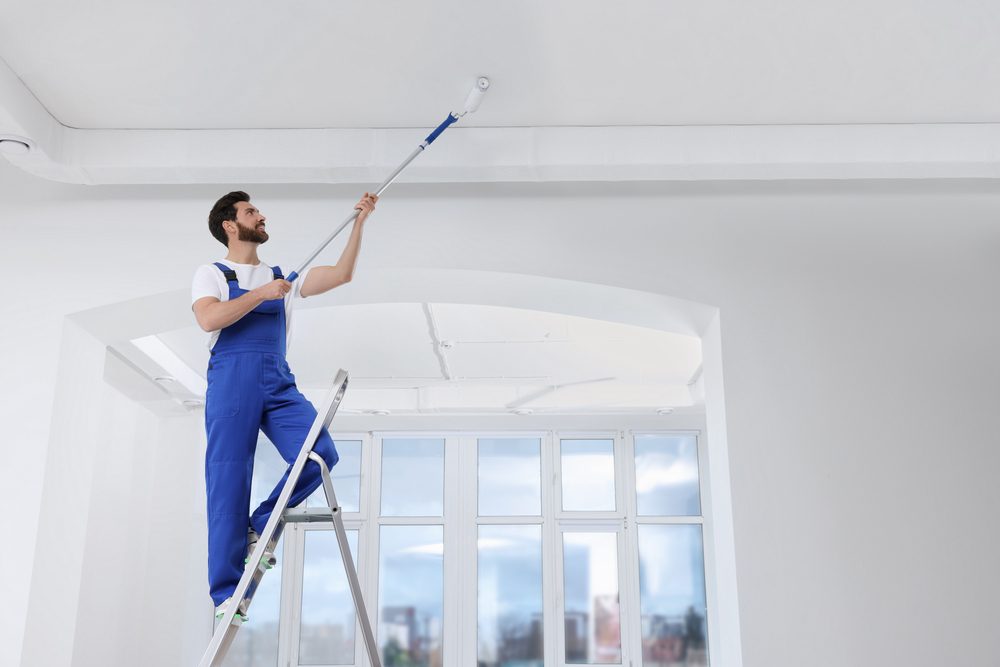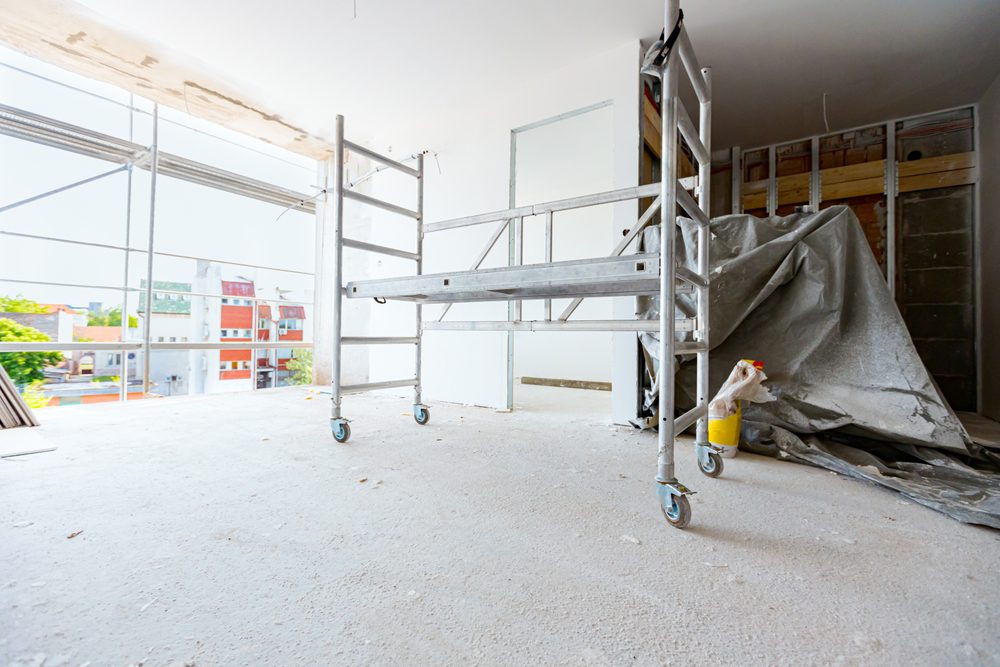
When you know what you’re doing, a small-scale renovation and decoration project can be viewed with pleasure. You understand the processes required, and the order in which certain jobs have to be done, and can work your way through to the end of the project with minimal anxiety.
Faced with a larger space, the project takes on a whole new persona. The sheer scale of materials required, accessibility to inaccessible corners, getting the right measurements, using the right equipment, and understanding how the space works will all have an impact on the progress of your work.
Renovating this large space requires careful planning and the right tools to get the job done efficiently. We have sectioned out the five key areas and their essential pieces of equipment required to ensure that your job gets completed in a timely and efficient manner.
Verify the quality and durability of your power tools
Simple DIY-grade power tools are simply not going to be suitable. When you have a large space, not only do you have a large surface area and more fixings and fittings to work on, but the nature of the supporting structural walls will mean that you need a much heavier-duty collection of tools to cope with the increased pressure.
While a smaller domestic project will probably consist of plasterboard walls and softer timbers, you will probably be working here on reinforced concrete, marble, concrete, and other solid building materials which will require a much stronger approach.
Improving accessibility at height
Large spaces will usually have high ceilings which will need special equipment to access in a way that is safe and convenient. Whether it is carrying out electrical installations, painting a ceiling, or simply replacing lightbulbs, working at height needs to have a well-thought-out plan of work in advance.
There are several ways to access height, and the type you use will depend on the heights involved, and the type of work that is being done. For larger commercial builders you will need to put your workers through training for PASMA, which is specifically for when using mobile towers.
The smallest and most convenient piece of equipment is the humble step ladder – great for everyday use when you’re up and down the ladder carrying out various simple tasks. A step ladder provides a stable platform for tasks at lower heights, such as painting, installing light fixtures, or accessing cabinets, but their use is limited when it comes to taller ceilings and working at greater heights.
An extension ladder is a good next step if the job is relatively short and simple. An experienced builder will know how to safely use an extension ladder for sometimes more complex jobs, or for accessing higher level floors externally or roofs.
Plasterer stilts – a quick, convenient, and hugely practical tool
Plasterers’ stilts have been used for years now to extremely successful effect, helping plasterers reach even the highest of ceilings without the need for expensive scaffolding or dangerous ladders. They are lightweight, easy to use, and extremely versatile, helping an individual complete the job quickly and efficiently.
Scaffolding – the safest most permanent solution for long-term projects
Ultimately, the erection of scaffolding, or mobile towers, is the best solution when working on a large project that requires constant access to excessive heights that cannot be reached via one of the methods mentioned above – ladders or stilts.
When working on the interior of a property, a mobile tower, which is a lightweight aluminum scaffold – creates a safe and stable environment. Levels can be adjusted by moving the wooden platform between layers of the mobile tower as you work up and down walls or need access to the ceiling.





